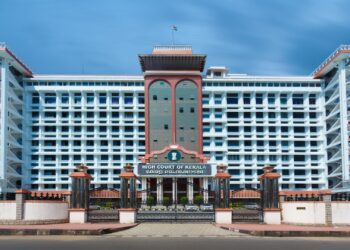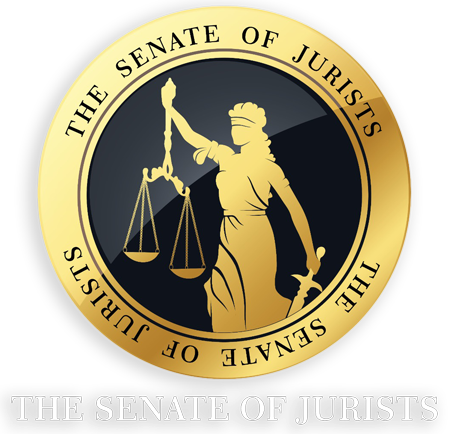On Wednesday, the Supreme Court established a committee to address the issue of regulating car access for devotees visiting the Pandupol Hanuman temple within the Sariska Tiger Reserve in Rajasthan. This decision followed the Hanuman Temple Committee’s plea to ease restrictions on private vehicle entry into the reserve, enabling devotees to access the temple for rituals and worship in a regulated manner.
The Bench, comprising Justices BR Gavai, Sandeep Mehta, and SVN Bhatti, acknowledged the challenge of balancing environmental preservation with the religious sentiments of the temple’s devotees. The Court noted that a sudden halt on private vehicle access would affect thousands of devotees who visit on key days, especially Tuesdays and Saturdays. The Court also recognized the devotees’ belief that offering Prasad is an integral part of fulfilling their prayers.
In response, the Court instructed the formation of a committee consisting of the District Collector of Sariska, the Field Director of Project Tiger, and a member of the Central Empowered Committee (CEC). The committee has been tasked with finding a balanced, phased solution that respects both the environmental concerns related to the wildlife sanctuary and the religious practices of the devotees.
The Court further observed that the Rajasthan government had accepted most of the CEC’s recommendations, including the suggestion to replace private vehicles with electric shuttles for transporting devotees to the temple, which had been proposed by Amicus Curiae K Parameswar in April of the previous year. However, the Court also noted that the deadlines proposed by the CEC for implementing these measures were not practical, with some deadlines already having passed. As such, the Court allowed for the extension of these deadlines.
The petition is part of the larger environmental case, In Re: TN Godavarman Thirumalpad, which examines issues related to the preservation of national parks and wildlife sanctuaries in India. The ongoing case aims to strike a balance between environmental protection and the religious and cultural rights of communities that rely on these spaces. The committee’s formation underscores the Court’s effort to address the needs of both the environment and the devotees in a fair and balanced manner.

















